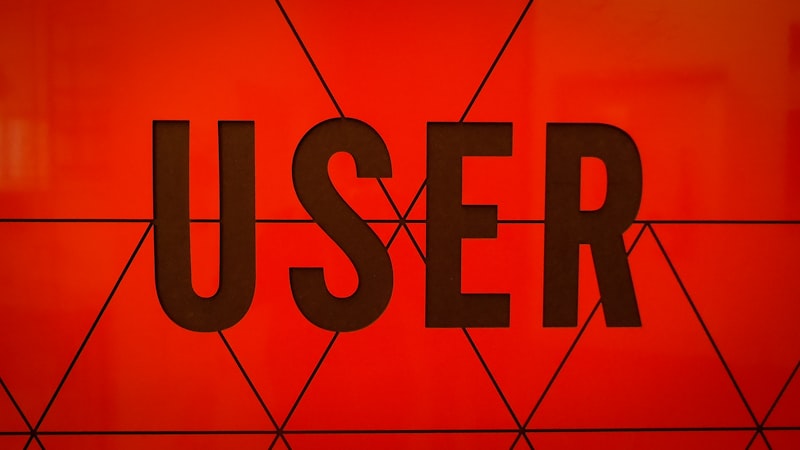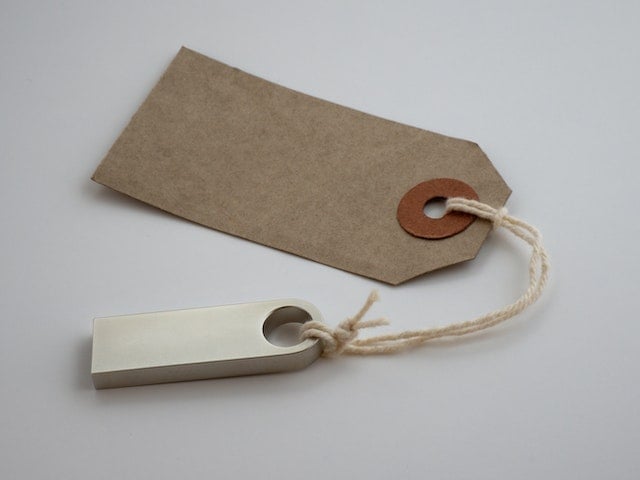"Freemium is like a free sample that showcases the potential of your SaaS product, but it's the premium offering that delivers on that potential."
You've spent countless hours developing an incredible SaaS product, and your freemium version is generating buzz and attracting users left and right. However, there's one crucial question lingering in your mind: how do you convert these free users into paying customers? If you're like many SaaS marketers, the journey from freemium to premium might feel like traversing a tightrope, where one false step can lead to missed revenue opportunities or even jeopardize your entire business model.
Fear not, for in this blog post, we'll delve deep into the art and science of monetizing your SaaS product, guiding you through best practices to convert those free users into satisfied, paying customers. Drawing on data-driven insights and real-life examples, we'll explore the delicate balance between offering a compelling free product and tempting users with an even more enticing premium version. Together, we'll embark on a thrilling adventure, navigating the nuances of SaaS marketing and ensuring the long-term success of your business.
So, buckle up and join me as we journey through the following critical steps:
- Understanding Freemium and Premium Models: We'll clarify the differences between these two popular business models and examine the situations where each shines.
- When to Consider a Freemium Model: Delve into the circumstances that make adopting a freemium model advantageous for your business.
- Key Monetization Metrics: Unlock the power of data by exploring the essential metrics you must track to optimize revenue and business health.
- Best Practices for Freemium to Premium Conversion: Discover proven strategies to encourage free users to upgrade to your premium offering.
- Learning from Successful Freemium-to-Premium Cases: Gain insights from real-life examples of triumphant freemium-to-premium transitions and apply these lessons to your own SaaS product.
By the end of our journey, you'll be equipped with the knowledge, tools, and strategies needed to transform your SaaS product's monetization efforts and conquer the world of freemium to premium conversions. Let's dive in!
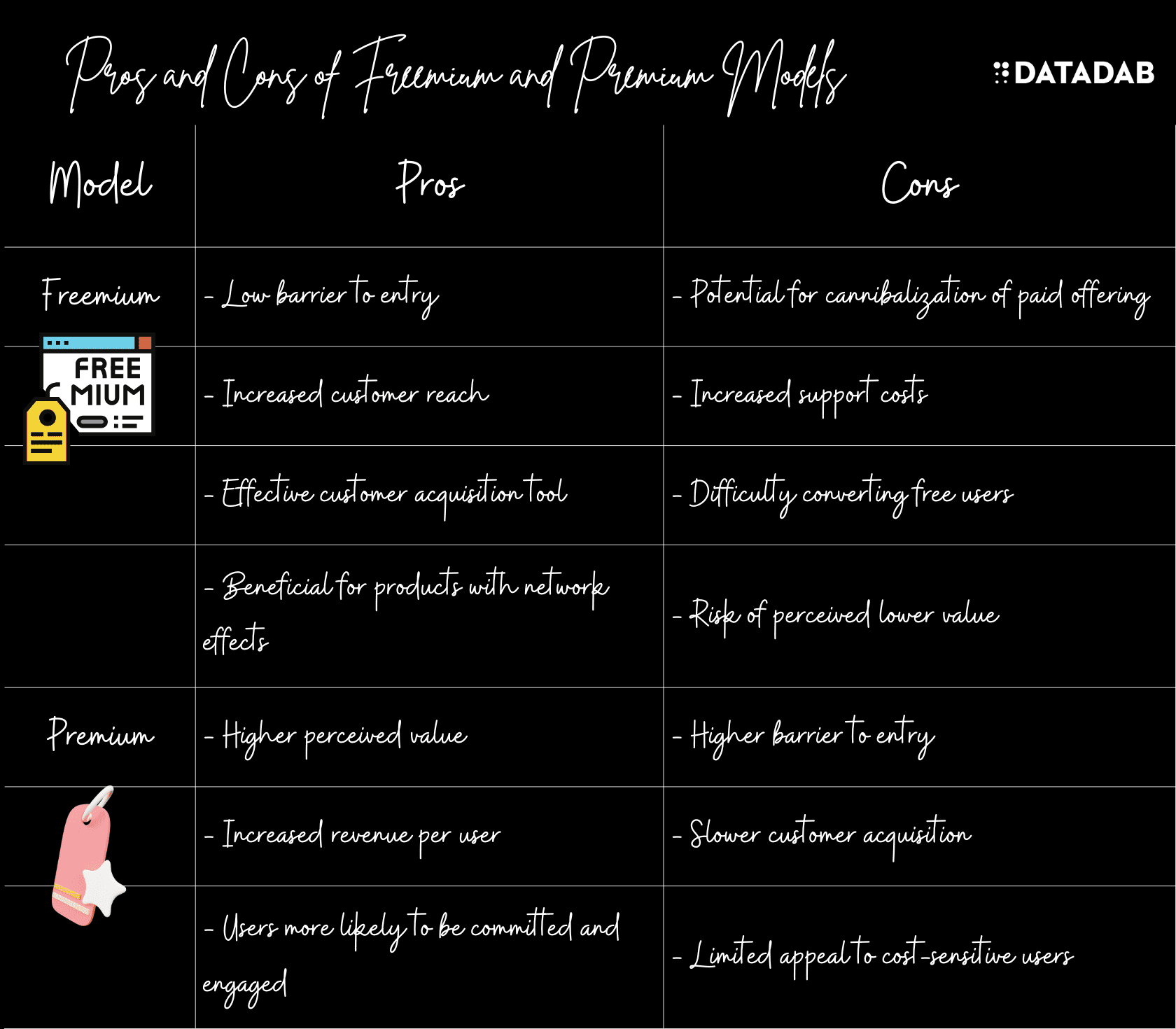
1. Understanding Freemium and Premium Models
Before diving into best practices, let's clarify the difference between freemium and premium models.
Freemium is a business model where a product or service is offered for free, with the expectation that some users will eventually upgrade to a paid version with additional features or benefits. This model is popular in the SaaS industry because it allows potential customers to try the product without any upfront investment, increasing the likelihood of adoption.
Premium models, on the other hand, require users to pay for the product or service from the outset. Typically, premium offerings come with a higher perceived value, better features, and more comprehensive support.
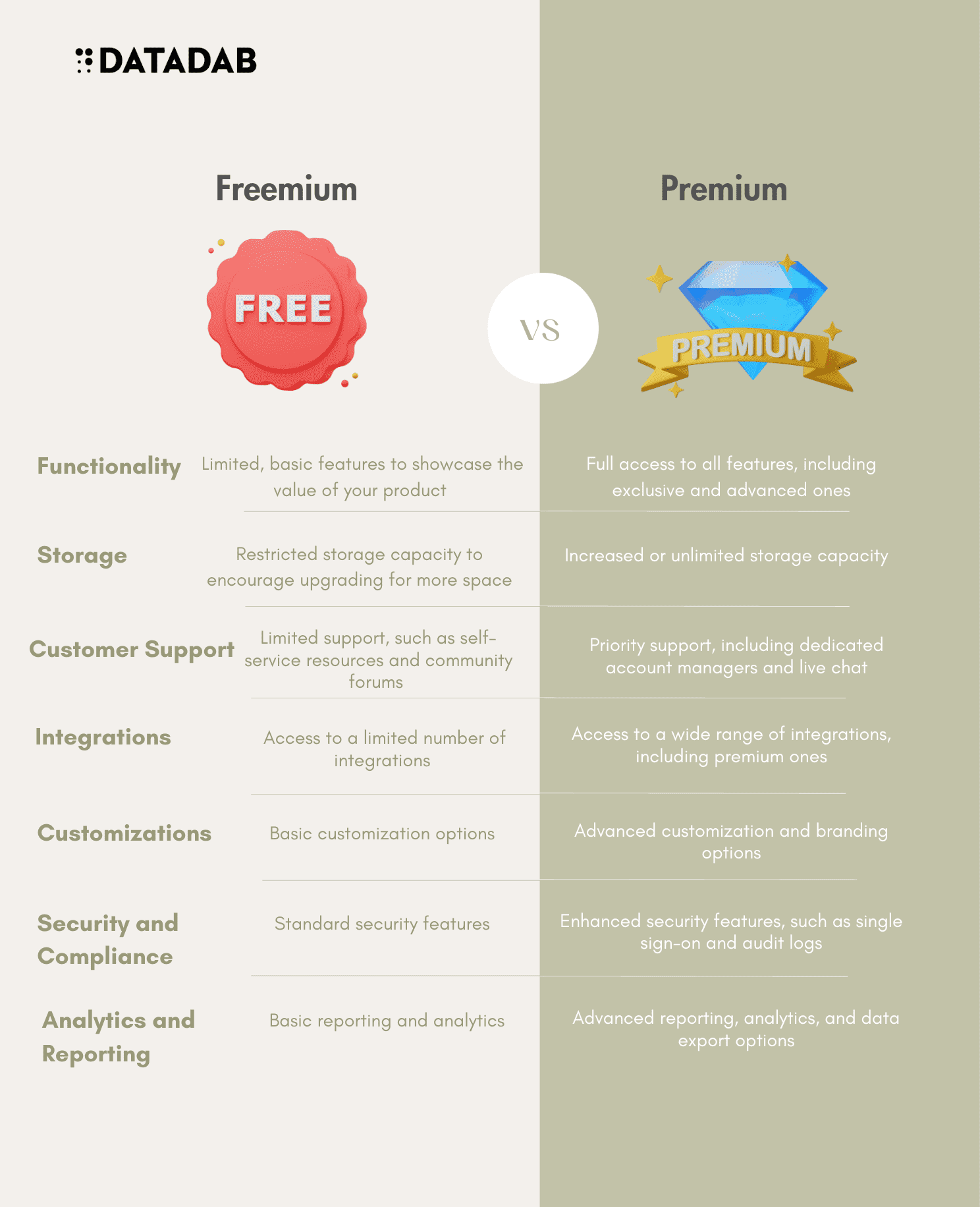
2. When to Consider a Freemium Model
There are certain circumstances in which adopting a freemium model can be advantageous:
- When your product has a low marginal cost of serving additional users: This allows you to offer the free version without incurring significant expenses.
- When your product has network effects: The more users you have, the more valuable your product becomes. For example, a messaging app is more useful if more people use it.
- When your product has a viral component: A freemium model can help your product spread quickly, as free users share it with others.
- When you're targeting a large, diverse market: Freemium can act as a customer acquisition tool, helping you reach a wider audience.
That being said, the freemium model isn't right for every business. It's essential to evaluate whether the benefits of offering a free version of your product outweigh the potential drawbacks, such as cannibalization of your paid offering or increased support costs.
3. Key Monetization Metrics
To effectively monetize your SaaS product, you must understand and track key metrics that indicate the health of your business. Here are five essential metrics to consider:
- Customer Acquisition Cost (CAC): The average amount it costs to acquire a new paying customer.
- Average Revenue Per User (ARPU): The average revenue generated per user, calculated by dividing total revenue by the number of users.
- Lifetime Value (LTV): The total revenue a customer is expected to generate over the entire duration of their relationship with your business.
- Churn Rate: The percentage of customers who cancel their subscription within a given period.
- Freemium Conversion Rate: The percentage of free users who convert to paying customers.
By tracking these metrics, you can identify areas for improvement, optimize your pricing strategy, and ensure that you're maximizing revenue.
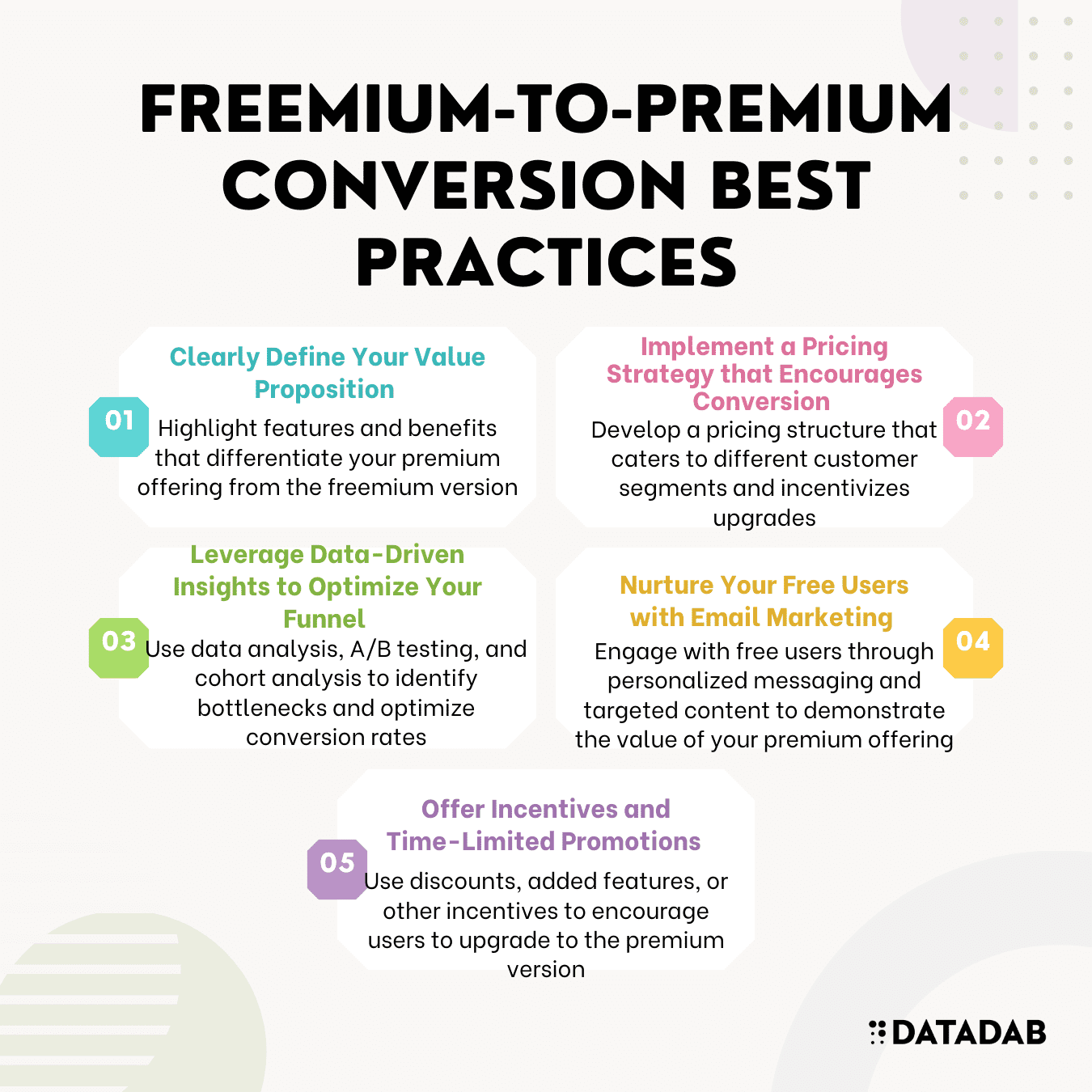
Freemium to Premium Conversion Checklist
Use this checklist to optimize your conversions from freemium to premium:
☐ Clearly define premium value proposition
- Highlight key differentiators from freemium version
- Focus on unique benefits and outcomes for customers
☐ Implement tracking for key SaaS metrics
- Customer Acquisition Cost (CAC)
- Average Revenue Per User (ARPU)
- Lifetime Value (LTV)
- Churn rate
- Freemium conversion rate
☐ Develop effective pricing strategy
- Consider multiple tiers to appeal to different segments
- Use decoy pricing and discounts to nudge customers
- Offer annual plans with lower pricing
☐ Set up conversion funnel tracking
- Identify stages from freemium to premium purchase
- Uncover drop-off points and optimization opportunities
☐ Create email nurturing campaigns
- Personalize messaging to user behavior and interests
- Share content that highlights premium features
- Send special offers and promotions to freemium users
☐ Offer incentives to upgrade
- Discounts for first purchase or annual plans
- Free trial of premium version
- Limited-time promotions with urgency
☐ Continually test and optimize
- Run A/B tests on messaging, pricing, funnel
- Analyze cohort metrics to identify successful segments
- Iterate based on data insights
4. Best Practices for Freemium to Premium Conversion
Now that you understand the key metrics to track, let's explore some best practices for converting free users to paying customers:
4.1. Clearly Define Your Value Proposition
Your value proposition should be clear and concise, explaining the benefits of upgrading to the premium version. Be sure to highlight the features that differentiate your premium offering from the freemium version.
Pro tip: Use social proof, such as testimonials or case studies, to demonstrate the value of your premium offering and build trust with potential customers.
4.2. Implement a Pricing Strategy that Encourages Conversion
A well-crafted pricing strategy can significantly impact your conversion rates. Here are some tips to consider:
- Offer multiple pricing tiers, providing options for different customer segments.
- Use decoy pricing to encourage users to choose a higher-priced plan.
- Offer annual pricing with a discount to incentivize longer-term commitments.
4.3. Leverage Data-Driven Insights to Optimize Your Funnel
Data-driven insights can help you identify bottlenecks in your conversion funnel and develop strategies to address them. A/B testing, cohort analysis, and funnel analysis are all valuable tools for optimizing your conversion rates.
4.4. Nurture Your Free Users with Email Marketing
Email marketing can be an effective way to engage with free users and encourage them to upgrade. Use personalized messaging, tailored offers, and targeted content to demonstrate the value of your premium offering.
4.5. Offer Incentives and Time-Limited Promotions
Incentives, such as discounts or added features, can be a powerful tool for motivating free users to upgrade. Time-limited promotions create a sense of urgency, encouraging users to act quickly and upgrade to the premium offering.
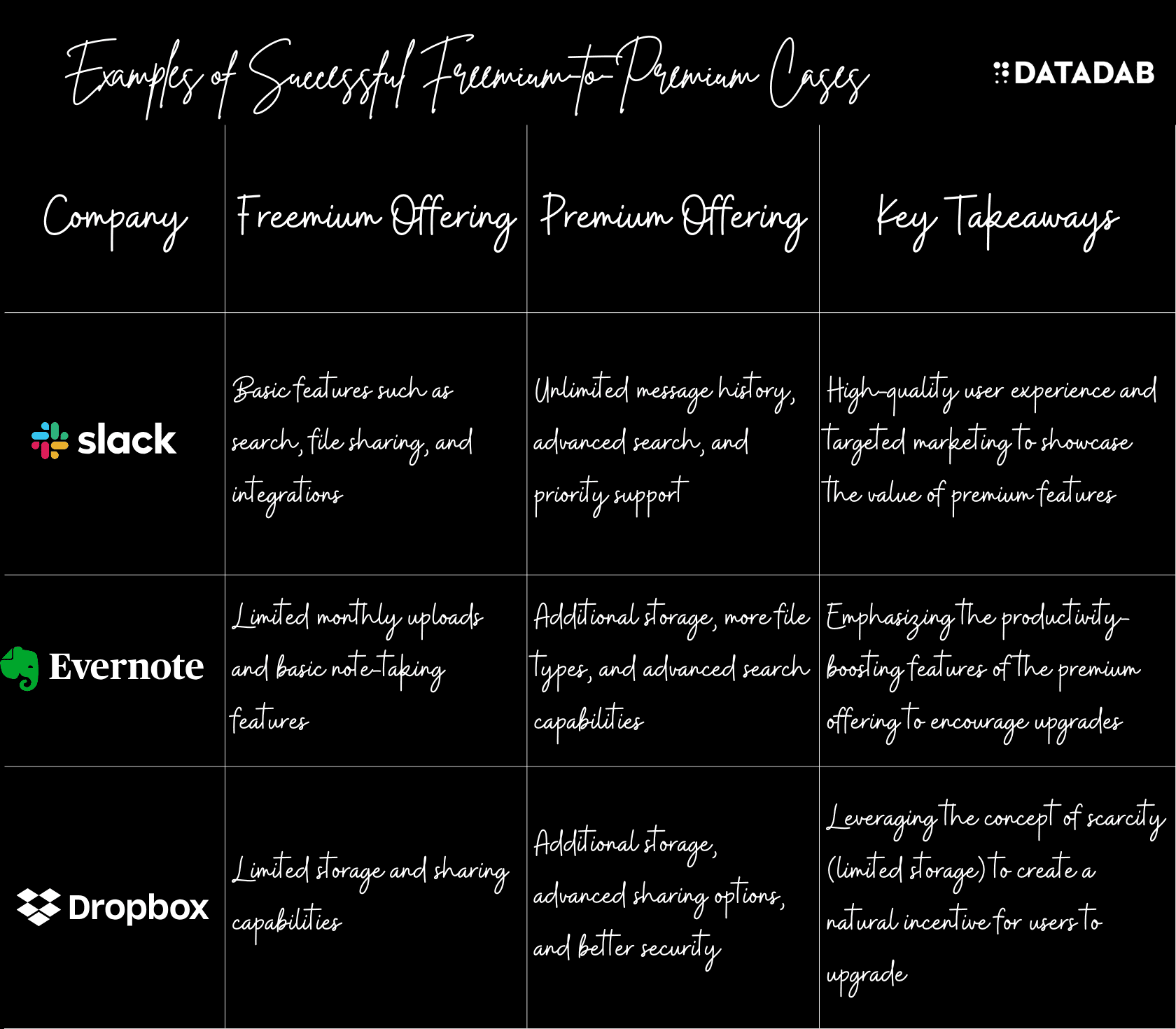
5. Learning from Successful Freemium-to-Premium Cases
Let's take a look at some real-life examples of successful freemium-to-premium transitions:
5.1. Slack
Slack's freemium model offers a limited version of its messaging platform, providing basic features such as search, file sharing, and integrations. The premium version unlocks additional features, such as unlimited message history, advanced search, and priority support.
Key takeaways: Slack focuses on delivering a high-quality user experience and showcasing the value of its premium features through in-app messaging and targeted marketing.
5.2. Evernote
Evernote's freemium model allows users to access its note-taking platform with basic features and limited monthly uploads. The premium version offers additional storage, more file types, and advanced search capabilities.
Key takeaways: Evernote positions its premium offering as a productivity booster, emphasizing the additional features that can help users stay organized and efficient.
5.3. Dropbox
Dropbox offers a free version with limited storage and sharing capabilities. Upgrading to a premium plan provides additional storage, advanced sharing options, and better security features.
Key takeaways: Dropbox leverages the concept of scarcity by limiting storage in the free version, creating a natural incentive for users to upgrade for more storage.
By studying these examples, you can gain insights into successful strategies for converting free users to paying customers and apply them to your own SaaS product.
Transitioning from a freemium to a premium model is a critical aspect of monetizing your SaaS product. By understanding key monetization metrics, implementing best practices for conversion, and learning from successful case studies, you can optimize your revenue potential and ensure the long-term success of your SaaS business.
Remember to:
- Evaluate whether a freemium model is appropriate for your business.
- Track key metrics, such as CAC, ARPU, LTV, churn rate, and freemium conversion rate, to gain insights into your business's health.
- Clearly define your value proposition and differentiate your premium offering from the freemium version.
- Develop a pricing strategy that encourages conversion and caters to different customer segments.
- Leverage data-driven insights to optimize your conversion funnel and address bottlenecks.
- Use email marketing to nurture free users and demonstrate the value of your premium offering.
- Offer incentives and time-limited promotions to motivate users to upgrade.
By implementing these best practices, you can effectively transition from a freemium to a premium model and maximize revenue for your SaaS product. Keep iterating, learning from your data, and refining your strategies to stay ahead in the ever-evolving world of SaaS marketing.
FAQ
1. How do I know if a freemium model is right for my SaaS product?
Answer: Determining whether a freemium model is right for your SaaS product requires evaluating your product's characteristics, your target market, and your business goals. Consider the following factors:
- Network effects: If your product's value increases as more users join the platform, a freemium model may help you leverage network effects.
- Cost structure: Analyze the costs associated with serving additional free users, such as infrastructure and support costs, to ensure you can maintain a sustainable business.
- Market dynamics: Freemium models can help penetrate highly competitive markets or attract cost-sensitive customer segments.
If these factors align with your business goals and product characteristics, a freemium model may be appropriate for your SaaS product.
2. What key metrics should I track to gauge the success of my freemium-to-premium strategy?
Answer: Tracking key metrics is crucial for understanding the success of your freemium-to-premium strategy. The following metrics are particularly important:
- Customer Acquisition Cost (CAC): Measures the average cost of acquiring a new paying customer.
- Average Revenue Per User (ARPU): Indicates the average revenue generated per user.
- Lifetime Value (LTV): Represents the total revenue a customer generates during their relationship with your business.
- Churn Rate: Calculates the percentage of customers who cancel their subscription within a given period.
- Freemium Conversion Rate: Evaluates the percentage of free users who convert to paying customers.
Regularly monitoring these metrics will help you optimize your conversion strategy and identify areas for improvement.
3. How can I differentiate my premium offering from the freemium version to encourage users to upgrade?
Answer: Differentiating your premium offering from the freemium version is essential to encourage users to upgrade. Consider the following strategies:
- Feature differentiation: Offer exclusive features in the premium version that are not available in the freemium version.
- Storage capacity: Provide limited storage in the freemium version and increased or unlimited storage in the premium version.
- Customer support: Offer priority support or dedicated account managers for premium users.
- Integrations: Grant access to a wider range of integrations, including premium ones, for paying customers.
- Customization: Allow premium users to access advanced customization and branding options.
These strategies will help you create a clear value proposition that differentiates your premium offering and entices users to upgrade.
4. How do I determine the best pricing strategy for my premium offering?
Answer: Determining the best pricing strategy for your premium offering involves considering multiple factors, such as customer segments, perceived value, and competitor pricing. Here are a few strategies to explore:
- Tiered pricing: Offer multiple pricing tiers to cater to different customer segments and needs.
- Decoy pricing: Introduce a decoy price to make other options seem more attractive.
- Annual plans with discounts: Provide annual plans with discounted rates to encourage long-term commitment.
Keep in mind that your pricing strategy may require ongoing adjustments and experimentation based on customer feedback and market trends.
5. How can I optimize my conversion funnel to increase the number of users who upgrade from freemium to premium?
Answer: Optimizing your conversion funnel is crucial for increasing the number of users who upgrade. Consider the following approaches:
- Data-driven insights: Use data analysis, A/B testing, and cohort analysis to identify bottlenecks and optimize conversion rates.
- Personalized messaging: Tailor your messaging and offers based on user behavior, preferences, and needs.
- Simplify the upgrade process: Make the upgrade process as seamless as possible by minimizing steps and using clear calls-to-action.
- Educate your users: Create educational content to demonstrate the value of your premium features and how they can benefit users.
- Address user objections: Understand and address common objections to upgrading, such as pricing or feature-related concerns.
Implementing these approaches will help you optimize your conversion funnel and increase the number of users who upgrade to your premium offering.
6. How important is email marketing for encouraging freemium users to upgrade?
Answer: Email marketing is a highly effective tool for nurturing freemium users and encouraging them to upgrade to a premium plan. It allows you to:
- Build relationships: Engage with users on a regular basis and establish trust.
- Educate users: Showcase the value of your premium features and how they can benefit the user.
- Promote offers: Share time-limited promotions or incentives to encourage users to upgrade.
- Personalize messaging: Tailor your messaging based on user behavior, preferences, and needs to increase the likelihood of conversion.
Implementing a strategic email marketing campaign can significantly impact your freemium-to-premium conversion rate.
7. How can I leverage time-limited promotions or incentives to drive premium upgrades?
Answer: Time-limited promotions or incentives can create a sense of urgency and encourage users to upgrade. Consider the following strategies:
- Discounts: Offer a limited-time discount on your premium plans to entice users to upgrade.
- Added features: Provide additional features or services for users who upgrade during the promotional period.
- Partner offers: Collaborate with other companies to offer exclusive deals for users who upgrade to your premium plan.
Make sure to promote these offers through email marketing, in-app messaging, and social media to maximize their visibility and impact.
8. What are some examples of successful freemium-to-premium conversions?
Answer: Some notable examples of successful freemium-to-premium conversions include:
- Slack: Employed a high-quality user experience and targeted marketing to showcase the value of premium features.
- Evernote: Emphasized the productivity-boosting features of its premium offering to encourage upgrades.
- Dropbox: Leveraged the concept of scarcity (limited storage) to create a natural incentive for users to upgrade.
Studying these examples can provide valuable insights into the strategies and factors that contributed to their success.
9. What are some common mistakes to avoid when transitioning from a freemium to a premium model?
Answer: Avoiding common mistakes can help ensure a smooth transition from a freemium to a premium model. Some common mistakes include:
- Poor feature differentiation: Failing to differentiate your premium offering from the freemium version can lead to low conversion rates.
- Overcomplicated pricing: Complex pricing structures can confuse users and deter them from upgrading.
- Ineffective marketing: Inadequate promotion of premium features and benefits can limit user awareness and interest.
- Neglecting user feedback: Ignoring feedback from users can result in a misaligned product offering and lower conversion rates.
By addressing these potential pitfalls, you'll increase the likelihood of a successful freemium-to-premium transition.
10. How do I measure the success of my freemium-to-premium conversion strategy?
Answer: Measuring the success of your freemium-to-premium conversion strategy involves regularly monitoring key metrics, such as:
- Freemium Conversion Rate: Evaluates the percentage of free users who convert to paying customers.
- Customer Acquisition Cost (CAC): Measures the average cost of acquiring a new paying customer.
- Lifetime Value (LTV): Represents the total revenue a customer generates during their relationship with your business.
- Churn Rate: Calculates the percentage of customers who cancel their subscription within a given period.
- Average Revenue Per User (ARPU): Indicates the average revenue generated per user.
In addition to monitoring these key metrics, you should also gather qualitative feedback from users and conduct regular reviews of your conversion strategy. Continuously optimizing your approach based on data-driven insights and user feedback will help ensure the success of your freemium-to-premium conversion strategy.



